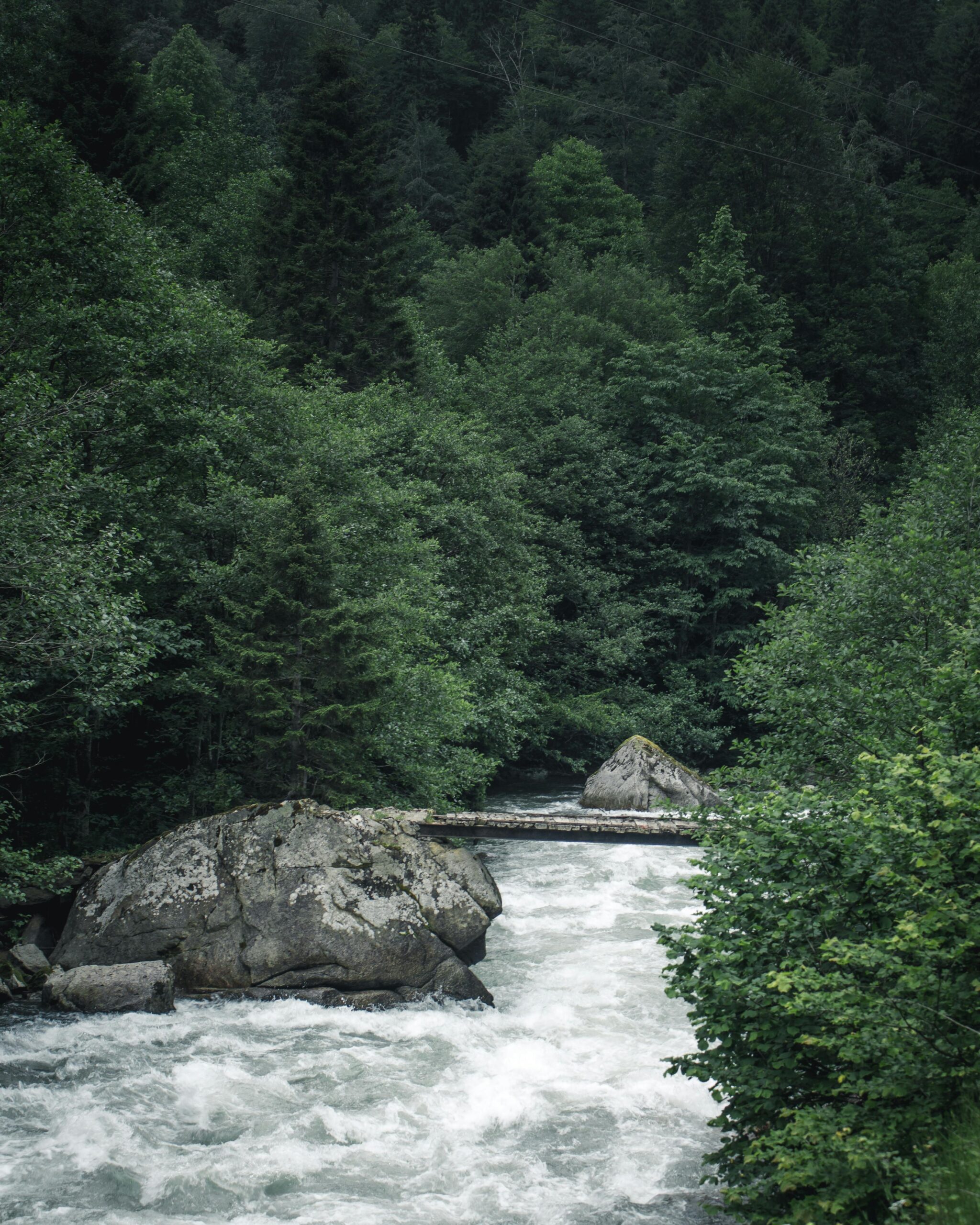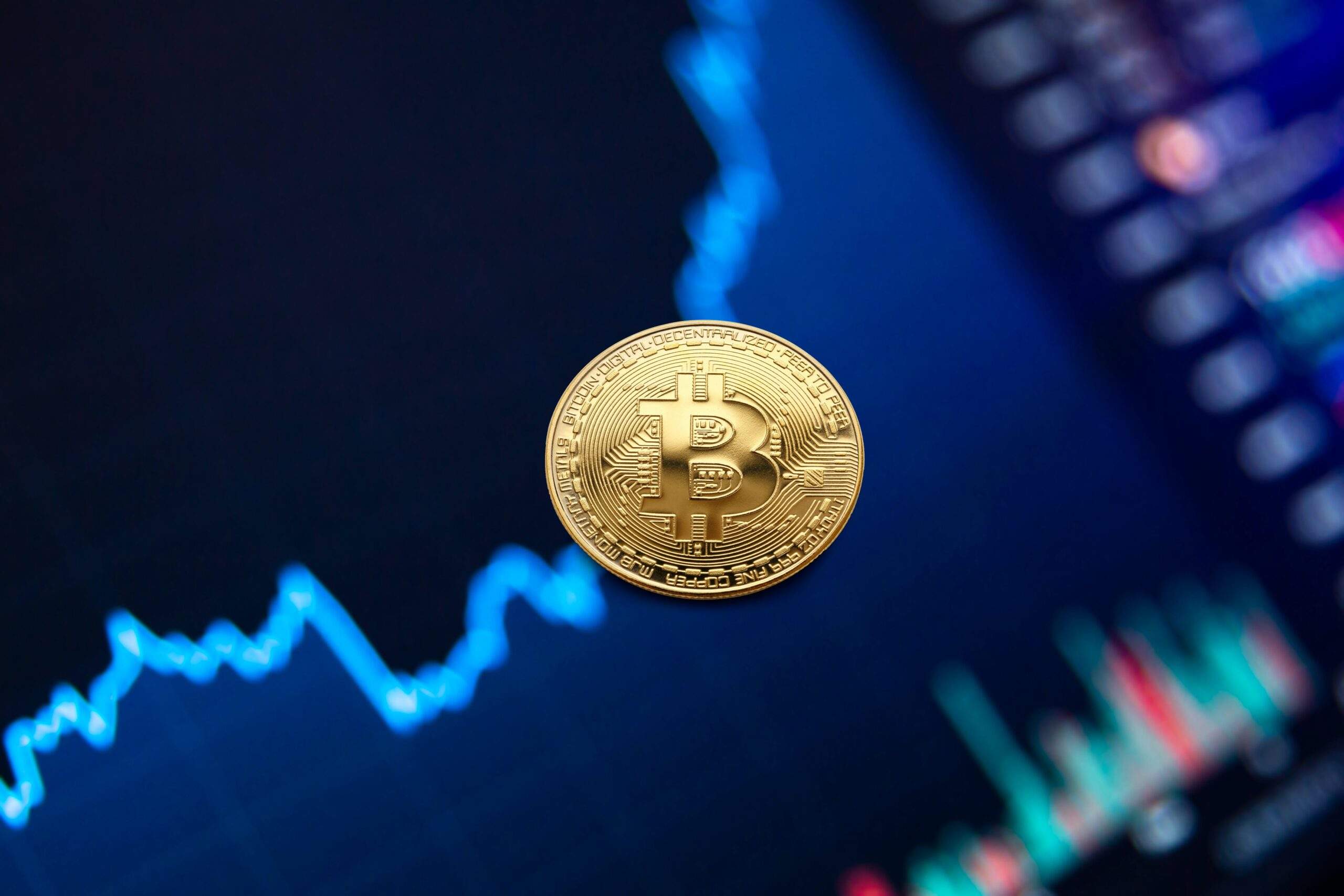okay, I put Delhi’s Chief Minister in the headline, first because I live in Delhi, and then because I could not rhyme Mr. Modi (or Mr. Karunanidhi) with anything resembling a headline. That is just to tell you that I have no political leanings. As we will see below, both of these CMs have a coastline to go to, which Shiela Dixit does not.
Declaimer: This article was originally in July 2012 and some of the data points may be outdated.
So we (finally) are seeing a 40% deficit in the monsoon this year, at least as far as Delhi is concerned. I had expected us to react only after a 60% (maybe 80%) deficit. Now we have to worry about next year; if this scenario is repeated next year, we have a food crisis of famine proportions to prepare for.
How do you see it? Those of us who see it coming, can always take a plane to Canada and wait for maybe 100 million Indians to die (no! I promise you the politicians will still be there when you come back) before the short, sharp water crisis plays out. The last time India woke up to a crisis was in 1991 when our Dollar balances were reduced to 40 days’ imports, and I suppose it would take something like that to wake us up again.
The water crisis will be handled, but only AFTER we have gone through a crisis. Is it going to be this year? Or the next? I don’t know.
But coming back to Shiela Dixit…she signed an MOU with the Singapore Govt for a water recycling plant of 40 MGD. Not much, just 5% of what Delhi needs just now, but at least, a start has been made in the right direction.
In the last 10 years, Singapore has come from behind to become a world leader in the “pot to plate” technology of recycling sewage water. This has been proven to be completely safe, with only psychological fears about recycling sewage water. In a crunch, India can at least expand this quickly, provided the basic pilot projects are already in place.
In 2010, Tamil Nadu started India’s largest desalination plant at Chennai, fully 15 years after a severe water crisis in 1995. The landed cost of this water comes to Rs.56 per KL, or 5.6 paise per liter (compared with the Rs.10-12 per liter that you pay for mineral water). Barely 2 years later, an even bigger plant is coming up at Dahej, Gujarat (where else?) at a sharply lower 4 paise per liter. These are on a sufficient scale to make a difference (70 MGD, 10% of Delhi’s water supply) and cost about Rs.2000 cr. The trickle has started, and as usual, Gujarat is showing the way.
Perversely, maybe God is kind… he gives adversity to those who know how to handle it. That is why the US is suffering its worst drought in 60 years, while Gujarat’s Saurashtra region is included in the drought-prone regions this time. It would mean that we will see some action on water production in some parts of India at least. Imagine what would happen if West Bengal were to be facing desertification….
Without pandering to political leanings, I can’t help but notice that a Congress CM (the very best they have), a BJP satrap, and a regional party (DMK), are all moving forward on water issues: waste-water recycling in Delhi, desalination in Gujarat and Tamil Nadu. Mumbai, for example, vacillated for 2 years, before shelving the project because the 7 paise per liter cost was too much, and they couldn’t find the land.
Let me ask, how many of us would be willing to pay, say, Rs.1000 per month for water? A family of 4 would need 1000 liters per day, 30KL per month at the average demand level of 240 liters per day. At an exorbitant 5 paisa per liter, that would be about Rs.1500 per month. To start with, this would cause riots, because of the perception that ‘water is free’.
However, we need to remember that only 3% of this water is for drinking purposes. Even if we take 30%, that brings down the bill to a more tolerable Rs.500 per month. Thereafter, you can assume a 50% improvement in water productivity every 5 years, with the same learning curve that we see In Moore’s Law. We are already seeing this chipping away in Telecom and even energy (i.e. Solar). Water is far more important to our well-being and happiness, and I see no reason why a water-producing industry will not see the same jump in innovation and application that we have seen in other industries.
What is the probability that any of this improvement in water efficiency will occur if water production/ distribution remains in the public sector and water is NOT priced? For the Indian middle class, the current costs of a properly priced water industry may not be bearable, but don’t forget where we are headed: SEVERE water stress, with the possibility of near famine-like conditions in the agricultural sector.
Remember: ALL the above measures would take the weight off the agriculture sector. Agriculture would need surface water storage (we will need gigantic water reservoirs, like the 89 that we already have). Here too, we are behind: the US can store up to 3 years’ supply, while we can’t even do one year. But a water recycling industry that makes its money out of the urban/ industrial sector, would be able to meet the demands of an agricultural sector.
Consider: Delhi uses 4.6% of the Yamuna’s flow. We just saw Dahej set up a 70 MGD plant for Rs.2000 cr. That would mean that at worst, if we could find Rs.20,000 cr, we can set up a desalination plant for the top 5 cities of North India and pipe it down from Gujarat. It is not so outlandish an idea: Riyadh gets desalinated water piped 800 km from the sea.
By putting a multiplier to that, I am estimating that about Rs.100,000 cr will produce enough desalinated water to take care of interior India (i.e. North and North-West India). The rest would come from a sophisticated water recycling industry, helped by some cheap rainwater harvesting and water conservation methods.
For example, ‘waterless dyeing’ is now possible. The textile industry produces 27 mn meters of dyed cloth, which uses 42 liters of water per meter. That is about 1.5 times the water used by Delhi per day. A simple rule, pushing the textile industry to adopt such water conservation, and you have made a dent in the problem. This is what can be achieved in just one industry with just one technology; imagine the possibilities….!!!
A big ‘killer app’ is already around the corner: solar-based desalination. This is a perpetual motion machine, which mimics Nature’s water cycle. Its only cost is the Capital Cost, which takes us back to the (broader) Solar argument. Probably the biggest difference that Solar will make will be to the cost of agriculture: it is decentralized, needs little transmission infrastructure, and can be used to run water recycling widgets, solar desalination plants, and even store, retrieve, and recycle groundwater in a perpetual, costless cycle.
These are not wild dreams. Saudi Arabia and Australia have already shown the way. The former is already talking about converting all its desalination plants to Solar, using the vast Dollar surpluses it has. While all this would be part of the larger Solar story, the Solar-Water connection is very important. Imagine that a country like Saudi Arabia is trying to develop an agricultural base, by using micro-irrigation to grow fruit. Just think of the amount of land that suddenly becomes arable, if this project succeeds.
Even if this remains a pipe dream, don’t forget that 60% of the world’s arable land is in Africa, with barely 30% being cultivated. These may be global trends, which may help us, or they may not. We need to worry about whether our leadership can see the crisis before it happens, and it is our job to make sure that water gets to the forefront of their consciousness.







